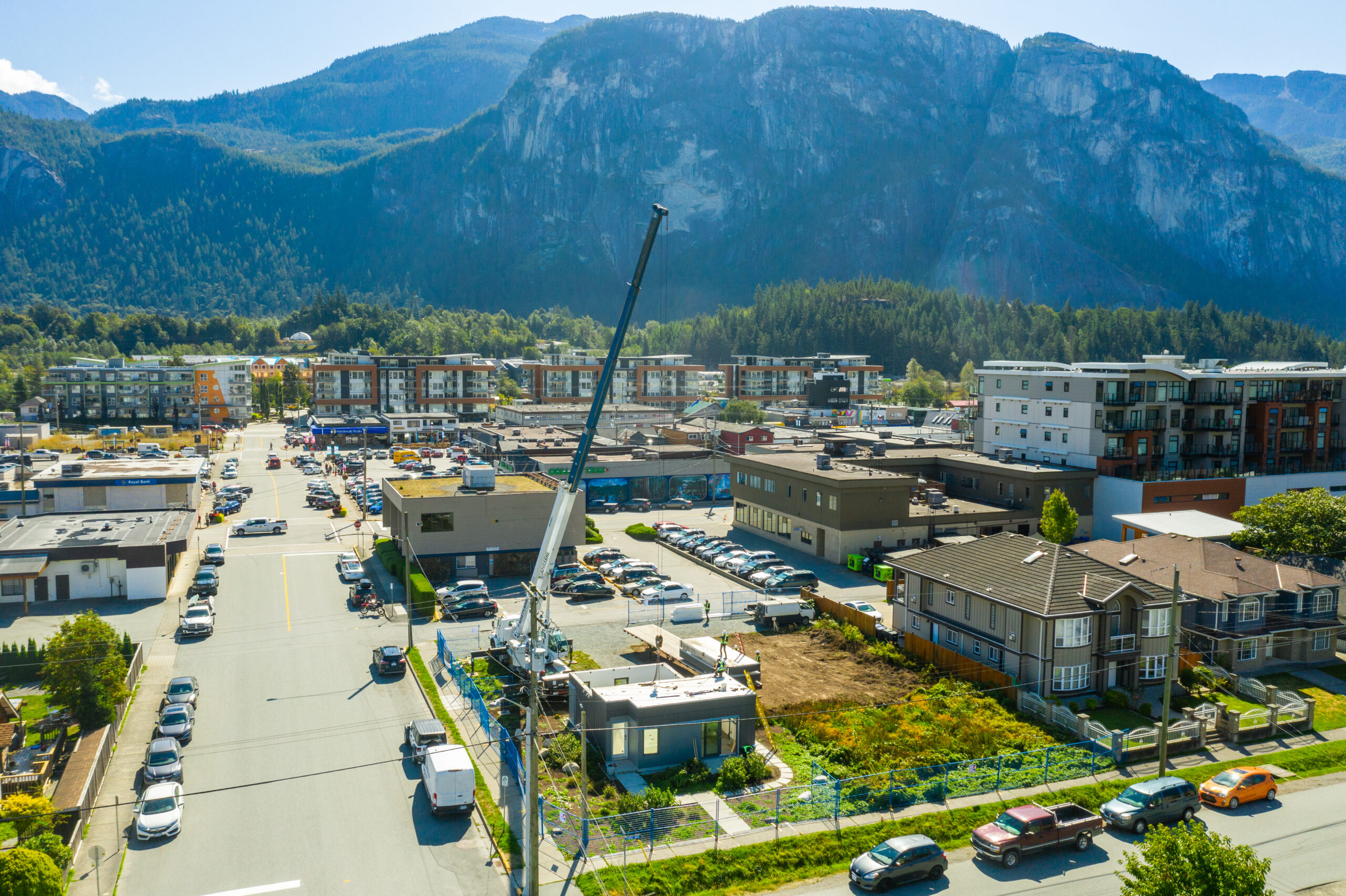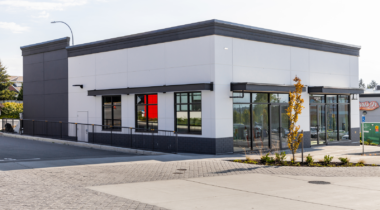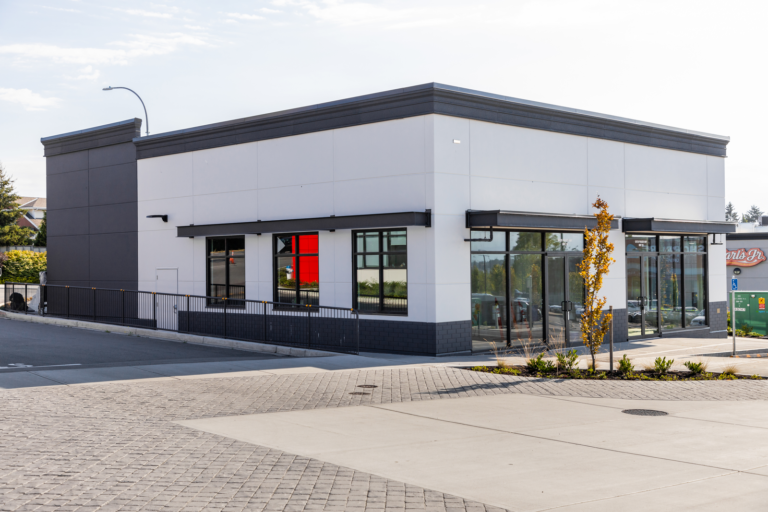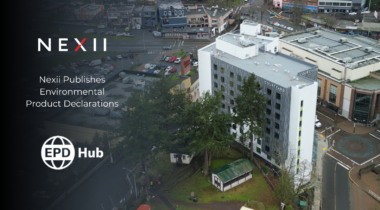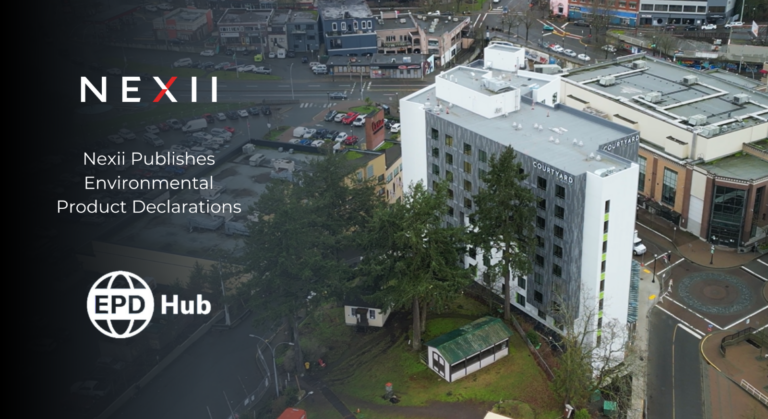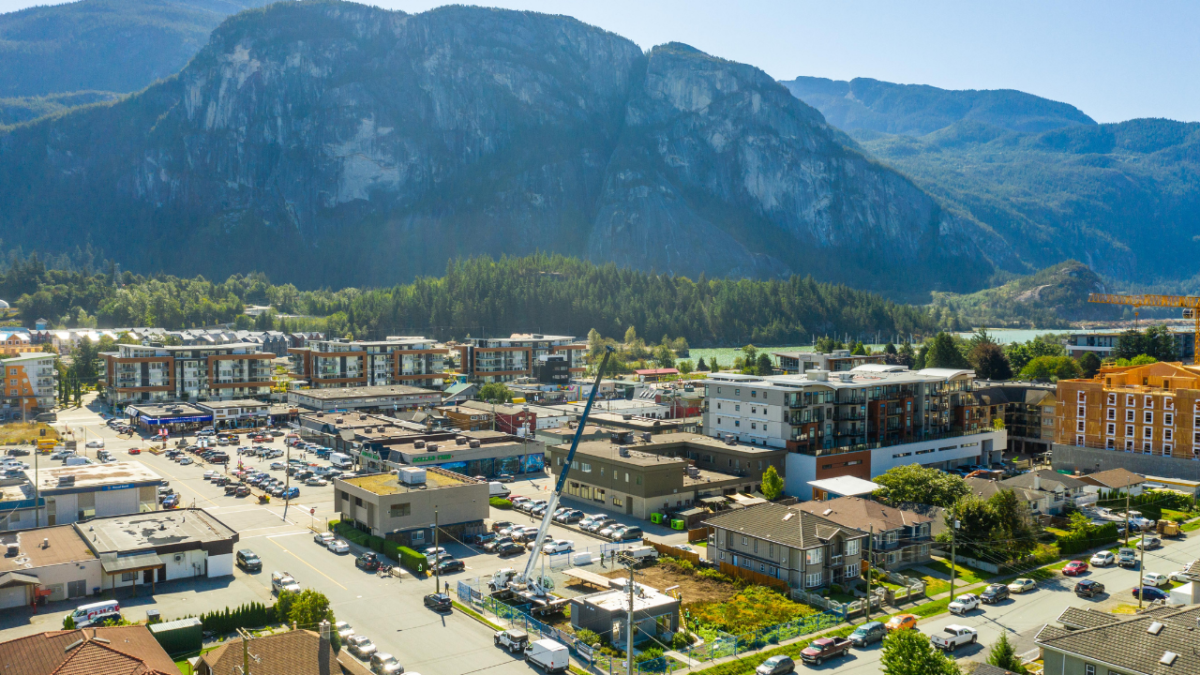
Zosia Brown, PhD, is Nexii’s Vice President, Sustainability. Her notable past roles include Head of Sustainability at Woodland Park Zoo, WA, and Associate with Buro Happold.
Zosia’s PhD in Resource Management Environmental Studies focused on green building performance and post-occupancy evaluation. She brings over 15 years’ experience in driving sustainable change and environmental policy in organizations across North America and Europe to Nexii. Zosia’s deep and consistent focus on product performance, carbon impact of operations, zero waste and climate resilience are at the heart of Nexii’s operations. Together with teams from across the company, Zosia leads Nexii’s environment, social and governance (ESG) strategy underpinning our mission to build a vibrant future for people and planet.
In partnership with Light House, an environmental non-profit, with support from PICS,
and input from the District of Squamish, Nexii has undertaken a case study to capture the disassembly of a laneway house using Nexii’s breakthrough sustainable building system. The study, to be published in early 2022, documents successes and challenges along with embodied carbon, waste and cost comparisons between traditional demolition and disassembly.
We live in a throwaway society where products are used for a short time and then discarded. Nothing is exempt from this “take-make-use-waste system” – from clothing and appliances, to furniture and even buildings. While much of what we discard still holds value, only a small portion of materials are ever cycled back into the economy; the vast majority end up in landfills, are incinerated or released into the environment.[1]
 Our current levels of consumption exceed our planet’s ability to sustain them. The linear economy contributes to the world’s triple environmental crises of global warming and climate change, biodiversity loss and ecosystem damage, and pollution. At the same time, the economic opportunities related to the recovery and reuse of materials are lost.[2]
Our current levels of consumption exceed our planet’s ability to sustain them. The linear economy contributes to the world’s triple environmental crises of global warming and climate change, biodiversity loss and ecosystem damage, and pollution. At the same time, the economic opportunities related to the recovery and reuse of materials are lost.[2]
Construction is no stranger to the linear economy. Worldwide, it is standard practice to dispose of building products or a building at their end-of-life. While some municipalities and regions have construction waste bylaws, in Canada, an average of only 16% of construction and demolition waste is diverted[3] from landfill or incineration, with most being ‘downcycled’ to a lesser use.
Some of the impacts arising from the “take-make-use-waste” or linear approach to buildings and construction include:
- Consumption of raw materials
- The construction industry and the real estate sector have been found to consume the largest amount of raw material globally – approximately 40%.[4]
- Greenhouse gas emissions from the construction industry
- Buildings and construction account for 39% of global CO2emissions, 11% of which come from manufacturing building materials and products.[5]
- Air quality issues related to demolition
- Demolition causes disturbance of dust, mould, drywall dust, and other air quality contaminants. Fine dust particles from dust generated on-site can enter construction workers’ airways and lungs, causing long-term health issues.
- Pressures on landfill and associated environmental impacts
- The construction industry is the largest waste stream contributor (by weight).[6]
- Costs associated with managing waste
- In 2018, Canadian municipalities spent 3.5 billion on waste management.[7]
What is a Circular Economy?
A key strategy to tackling our overconsumption of resources lies with the circular economy. In a circular economy, waste is designed out of the system, resources are used more efficiently, and high value (post-consumer) materials are re-circulated continuously.
A circular economy is based on three principles:[8]
- Rethink the way we are doing things by designing out waste and pollution
- Optimize materials and resources by keep them in use for as long as possible
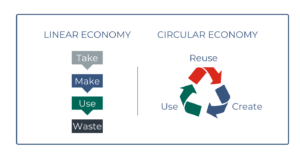
- Regenerate natural systems by restoring, renewing, or revitalizing ecosystems
In contrast to ‘take-make-use-waste’ the approach is “create-use-reuse”, which requires not only a circular economy design approach but also specifying high-quality, durable, resilient materials that can stand the test of time.
Circular Economy Scale and Opportunities for the Building and Construction sector
Today’s global economy is estimated to be 8.6% circular.[9] Canada’s circularity rate is less than the global average at 6.1%, according to Turning Point, a landmark report informed by the Expert Panel on the Circular Economy in Canada.[10] Turning Point identifies several key sector opportunities, including mining, forestry, agriculture and construction industries. According to the report, even modest improvements in resource productivity in the construction industry would yield significant benefits – a 1% increase in productivity would result in savings of $100 billion globally.[11]
With the design and construction community increasingly focussed on embodied carbon as a key performance metric for buildings, circular construction strategies can help move the needle in the right direction. Key considerations include:
- Building less, or rethinking the need
- Designing new buildings for flexible and multi-use
- Designing for longevity
- Designing for disassembly
- Reusing existing assets
- Specifying recycled-content materials and building products
- Incorporating existing structures into new designs
- Design for end-of-life and plan for disassembly
- Reuse and recycle existing building materials to keep them at their highest value
Per the Ellen MacArthur Foundation, combined, these strategies have the potential to reduce global CO2 emissions from construction and demolition of buildings by 2.1 billion tonnes by 2050.[12] In Canada alone, 1.3 million tonnes of embodied carbon could be avoided per year if all buildings were disassembled and reused instead of renovated or demolished.[13]
Design for Deconstruction and Circularity in the Built Environment
 Designing a building with the end in mind and planning for disassembly and reuse rather than demolition is the premise behind “Design for Deconstruction” (or Design for Disassembly). Architects and designers plan buildings from the outset with a view that they will be deconstructed at their initial application’s end of life.
Designing a building with the end in mind and planning for disassembly and reuse rather than demolition is the premise behind “Design for Deconstruction” (or Design for Disassembly). Architects and designers plan buildings from the outset with a view that they will be deconstructed at their initial application’s end of life.
In a discussion on buildings and the circular economy, Grace Di Benedetto, Structural Engineer at Arup, describes the ideal deconstruction building as being like a Lego building – modular with reversible connections using robust and reusable materials with a plan for how the materials can be safely removed.[14]
Benefits of Deconstruction vs Demolition
Design for deconstruction and circulating building materials back into resource loops can translate into huge opportunities for communities:
- Air quality can be improved with deconstruction and disassembly practices where materials are disturbed to a lesser extent, especially in a panel disassembly where wall assemblies remain undisturbed.
- By diverting more material for reuse and recycling, the lifespan of landfills can be extended, allowing for future land to be protected.
- Deconstruction is estimated to produce five-to-eight jobs for every one job in demolition, a potential opportunity for displaced skilled labour in the transition to a greener economy.[15]
- With global insecurity in supply chains due to COVID-19, turning toward a circular economy can present “a great opportunity to improve raw material resilience and decouple material consumption from financial growth.”[16]
- Designing for end-of-life and reusing or selling material at the end-of-life, can save owners an estimated $100/m² of gross floor area.[17]
In my next blog I will share findings from Nexii’s Deconstruction Case Study that compares the disassembly of a Squamish-based Nexii commercial building following 2-years of use, with the demolition of a wood frame and steel stud building baseline. Our assessment extends beyond typical Life Cycle Assessment (LCA) boundaries to look at reuse, recycling and recovery components, and highlights lessons learned along the way.
Contact us to find out more about how Nexii’s building solution can support your project.
[1] [10] [11] https://cca-reports.ca/reports/the-circular-economy-in-canada/
[2] [8][13] https://circulareconomyleaders.ca/circular-infrastructure-the-key-to-decarbonisation/
[3] GUIDE FOR IDENTIFYING, EVALUATING AND SELECTING POLICIES FOR INFLUENCING CONSTRUCTION, RENOVATION AND DEMOLITION, https://www.ccme.ca/en/res/crdguidance-secured.pdf
[4] Scaling the Circular Built Environment. World Business Council for Sustainable Development and Circle Economy.
[5] UN Environment Global Status Report 2019; EIA International Energy Outlook 2019
[6] Rep. Making the Business Case for Advancing a Low-carbon, Circular Built Environment. World Circular Economy Forum. October 2021.
[7] https://www150.statcan.gc.ca/n1/daily-quotidien/211209/dq211209d-eng.htm
[9] https://www.circularity-gap.world/updates-collection/circle-economy-launches-cgr2020-in-davos
[12] [14] https://ellenmacarthurfoundation.org/videos/building-with-a-circular-economy
[15] Hannah Teicher, A Canada-wide deconstruction industry should be part of our ‘build back better’ recovery, Vancouver Sun, January 31, 2021
[16] Brown, A.B. “Gartner: 51% of Supply Chain Pros Expect to Increase Circular Economy Focus.” Supply Chain Dive. Supply Chain Dive, September 28, 2020. https://www.supplychaindive.com/news/gartner-survey-supply-chain-circular-economy/585962/.
[17] Watching Our Waste. Light House, National Zero Waste Council, December 31, 2020.
